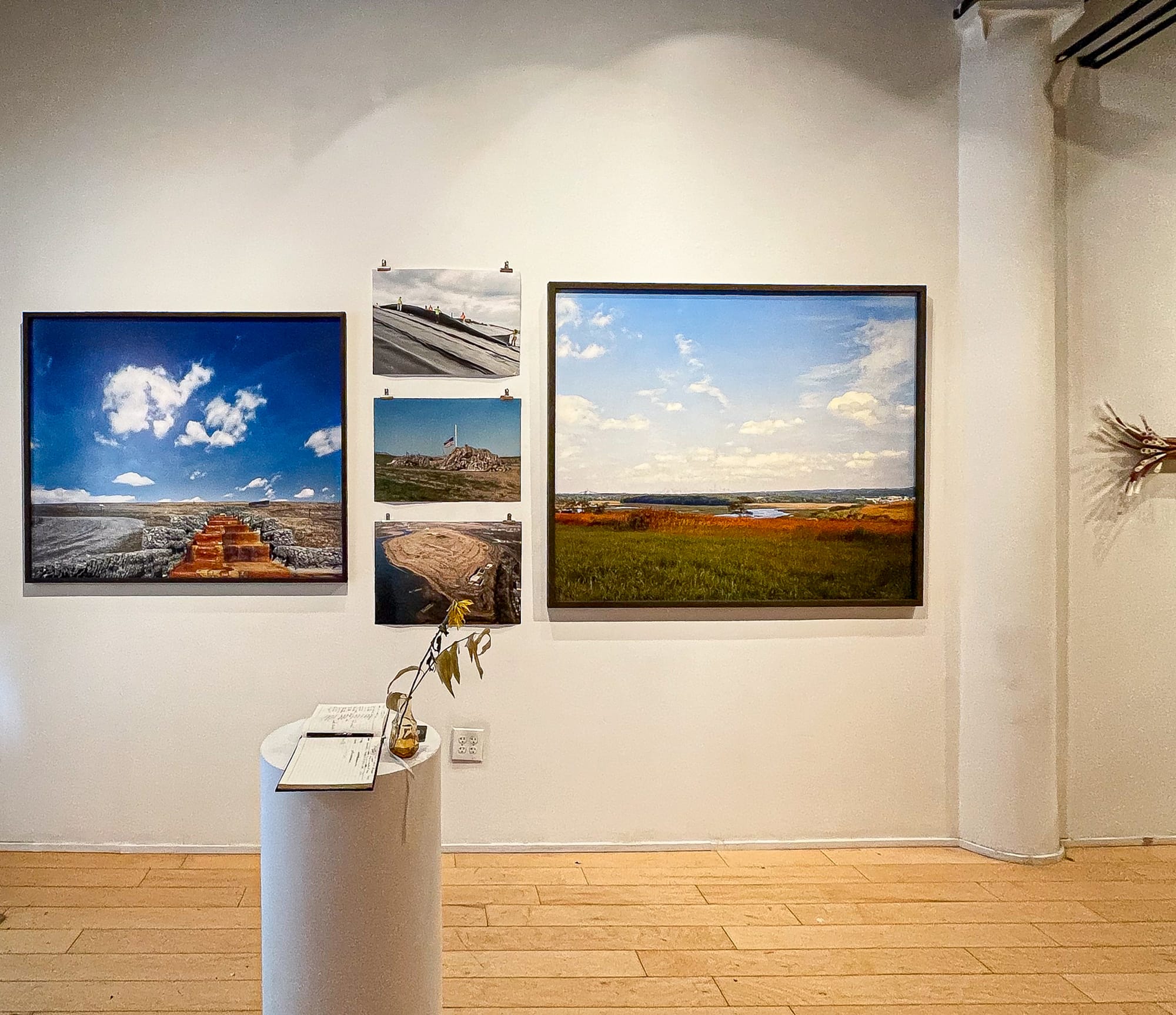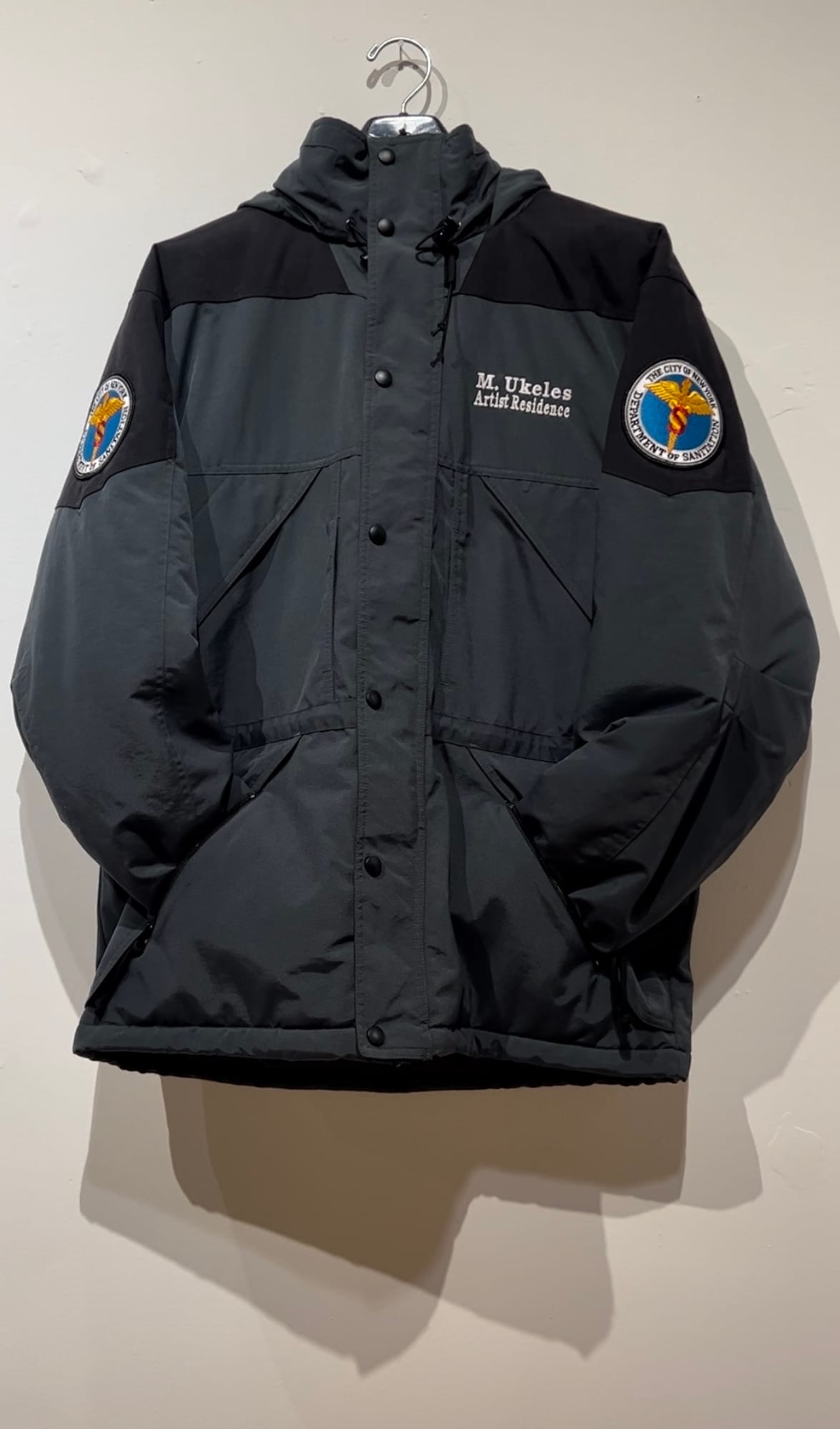The Artists Sifting Through Your City’s Garbage
An exhibition in Manhattan’s Chinatown examines the work of waste facility artists-in-residence from New York, San Francisco, Philadelphia, and Portland.

When New York City-based artist Mierle Laderman Ukeles became the first artist-in-residence at the Department of Sanitation (DSNY), the position was an anomaly. In 1977, the concept of an arts residency at a waste facility was unexplored territory, even for Ukeles, then a full-time mother whose own art career was rooted in nonconformity. Still, despite its peculiarity — or perhaps because of it — Ukeles gladly accepted the offer, and nearly 50 years later, she is still the city agency’s official (unsalaried) resident artist while other municipal sanitation departments around the country have followed in her footsteps by establishing arts programs of their own.
Now, decades after Ukeles first joined the DSNY, a group exhibition in Manhattan’s Chinatown pairs the artist’s work with a new generation of nine waste facility artists-in-residence from programs in New York, San Francisco, Philadelphia, and Portland, Oregon. On view at All Street Gallery’s Hester Street location through Saturday, June 1, Art at Work: Social Practice & Sanitation presents an assortment of visual art about waste management systems, spanning print, sculpture, photography, and film. Aside from Ukeles, artists featured in the show include Lily Cox-Richard, Jade Doskow, Brian Hutsebout, Kimberly Lakin, sTo Len, Hilary Pfeifer, Francesca Pfister, Slinko, and Mike Suri.

“Everyone is pulling something out of either actual garbage or that world and recycling it, which is kind of a beautiful act in and of itself,” Len told Hyperallergic. The Queens-based interdisciplinary artist contributed a green and gray hand-marbled screenprint he made at DSNY's Central Repair Shop during his time as the Department of Cultural Affairs’s Public Artist in Residence (PAIR). Like most of the work he produced in that period, "Big City Big Trash (Don't Litter Please)" (2023) reinterprets archival signage from the city agency discouraging public littering.

While Len’s work examines the visual language of sanitation, other artists in the show chose to explore the nuances of waste management. In the case of artist Brian Hutsebout’s “Rebuilt” (2015), scrapped air hoses, paper, and a copper band collected from Portland's Metro Central Transfer Station were reassembled into a decorative wall display. On the same wall, a sculpture by Kim Lakin titled "Blue Oblivion" (2013) displays repurposed blue wiring and plastic fencing also sourced from the Oregon waste facility as part of the GLEAN environmental arts program, which has annually appointed five local artists to cull tossed objects from the city dump since it first launched in 2010.

Toward the back of the gallery, a sculpture consisting of a massive bale of scrapped copper piping is perhaps the most blunt example of art made from recycled materials, for its weight if not its appearance. Constructed by Lily Cox-Richard at Philadelphia’s Recycled Artist in Residency (RAIR), “Old Copper Futures: 951 lbs. Of #2 scrap copper from Revolution Recovery, New Castle, DE” (2011) was logistically one of the more laborious works to transport and install, shipped through a commercial shipping freight (as opposed to art handling service) and ultimately requiring two pallet jacks and five people to move into the gallery space.
While Richard’s metal artwork is very much rooted in its physicality, other works such as architectural and landscape photographer Jade Doskow’s images of Staten Island’s Freshkills Park are defined by what isn’t seen, or rather what is lying just below the surface. As the Photographer-in-Residence at the landfill-turned-public park, Doskow has focused her practice on documenting New York’s recent history of waste management as told through the site’s invisible elements. One of the photos, which overlooks the park's North Mound in the direction of a faintly visible Manhattan skyline, was taken on a large format four-by-five film camera during one of her first shoots in the area.
“The first time I visited Fresh Kills, it immediately struck me how significant it was in terms of New York City's infrastructure story,” Doskow told Hyperallergic, pointing to the fact that the site is the final resting place of the Twin Towers after their destruction on September 11, 2001. As part of the effort to clean up the World Trade Center, the buildings’ rubble was transported and buried in the Staten Island park.

The exhibition also presents memorabilia in homage to Ukeles’s pioneering work as DSNY’s first artist-in-residence. Alongside an excerpt from "Touch Sanitation: Sanman Speaks" (1984), arguably the artist’s chef-d'oeuvre in which she spent 11 months meeting 8,500 individual sanitation workers in various crews around New York City, shaking each of their hands and personally thanking them for "keeping New York City alive,” there is her personal DSNY jacket from 1995. Her work during these early years at DSNY (where she still keeps her studio) continue to have a throughline in her practice today; her favorite materials to repurpose, she told Hyperallergic, are still glass and dirty work gloves — a reference to her 1985 performance project with the city’s “sanmen” (a shortened term for “sanitation men”).

To close out Art at Work, All Street Gallery is hosting a series of free public events on Saturday, June 1, including screenings of Slinko's "The Grind" (2024) and an excerpt from Ukeles's "Touch Sanitation: Sanman Speaks," as well as a panel discussion with four of the artists and former Commissioner for the Department of Cultural Affairs Tom Finkelpearl and a closing reception. Those interested in attending can get more information here.





